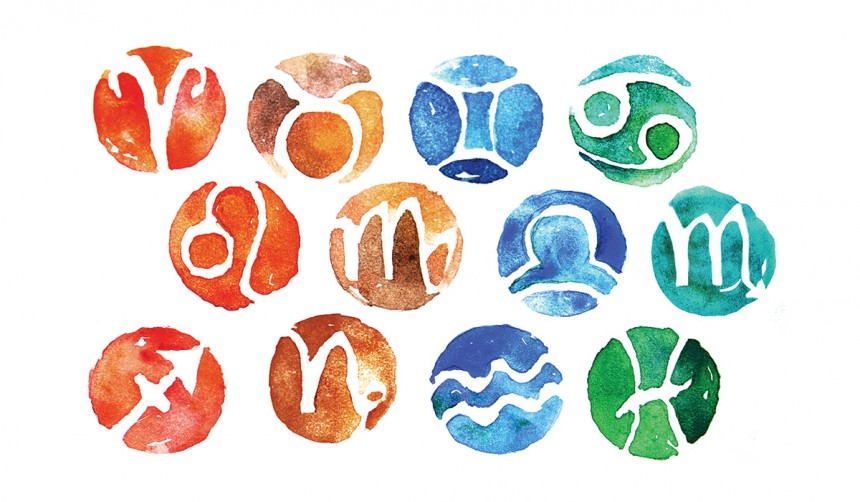Context
Mapping
When Mitch met with
Julian a week after the “bathroom graffiti incident” he asked him to verbally list
the different spaces and relationships “he must negotiate each day”. In
response, Julian listed people and places such as home, mom, the bus, the school
hallway, academic classes, and teachers. Following this, he was given another
task, to write this list down and explain what he believed each environment and
individual listed expected of him. This process of listing and illustrating different
environments and relationships and their centrality to an individual’s life is
known as context mapping; in the meeting between Mitch and Julian this
contextual tool was used to further analyze Julian’s relationship with
different environments and people in his life and to evaluate how these diverse
relationships have affected his identity development.
My Own Context Map
Four
Identities
After criticizing some of
the concepts described in Erickson’s fifth developmental stage—identity versus
role confusion—James Marcia developed his own identity theory, the identity status theory. With his theory Marcia introduced four identity statuses, foreclosed
identity, diffuse identity, identity moratorium, and achieved identity.
Foreclosed Identity: When a person chooses an identity
without much though or experimentation of other life directions, the person is
said to be in a status of foreclosure. People can be forced into foreclosure by
their environment or by family members or other significant individuals in the
person’s life. For example, someone might choose a certain vocation because of
a lack of professional opportunities in his or her town, or a parent might want
their child to follow in their footsteps and choose the profession they had.
People can also become foreclosed because of their own need to fit in or a lack
of interest of exploring other opportunities. In all cases foreclosed
individuals chose an identity course without much question and maintain this
identity in all contexts.
Diffuse identity: In contrast to foreclose identity
individuals with a diffuse identity do not adhere to any life direction but continuously
change their identity preferences depending on the context. Because of their
lack of identity alliance these individuals tend to be easily influenced by
others and tend to constantly change their beliefs and opinions to fit in with
others. In the case above, Julian acted differently depending on the
environment and people he was surrounded by. When he was with his parents he
was studious and well-behaved, with his friends he was social but never showed
his real personality, and with Antwon he was rebellious and tried to impress him.
Julian is perfect example of a person with a diffused identity status.
Moratorium: Identity Moratorium is the penultimate
step, and is the crisis that precedes identity achievement. Individuals in this
phase tend to be in a constant state of experimentation by continuously trying
and changing beliefs, behaviors, relationships, roles and directions. However,
the individual experiments without never committing to any one identity. Therefore,
this is period is for conducting trials only. When I first started college, I
was sure that I wanted to study art; however, after a couple of semesters I
decided that working with children was more my forte and switched to teaching. Nevertheless,
after experiencing some disappointments with this major I made my final change and
switched to youth development, where I finally found my home. My constant
change and experimentation during this time is an example of identity
moratorium.
 Achieved Identity: This is the final step of Marcia’s
Identity Theory, in which the individual finds the answer to the question “who
am I?” After experiencing crisis and constant changes from the preceding stage
the person is ready to decide on a path and identity that would be constant in
any context. It is important to understand, however, that even though this is
the final phase it should not be thought of as the end. People are continuously
evolving and experiences can help a person reconfigure their previously-developed
identity or change it to the degree that the person must start the process all
over again.
Achieved Identity: This is the final step of Marcia’s
Identity Theory, in which the individual finds the answer to the question “who
am I?” After experiencing crisis and constant changes from the preceding stage
the person is ready to decide on a path and identity that would be constant in
any context. It is important to understand, however, that even though this is
the final phase it should not be thought of as the end. People are continuously
evolving and experiences can help a person reconfigure their previously-developed
identity or change it to the degree that the person must start the process all
over again.

